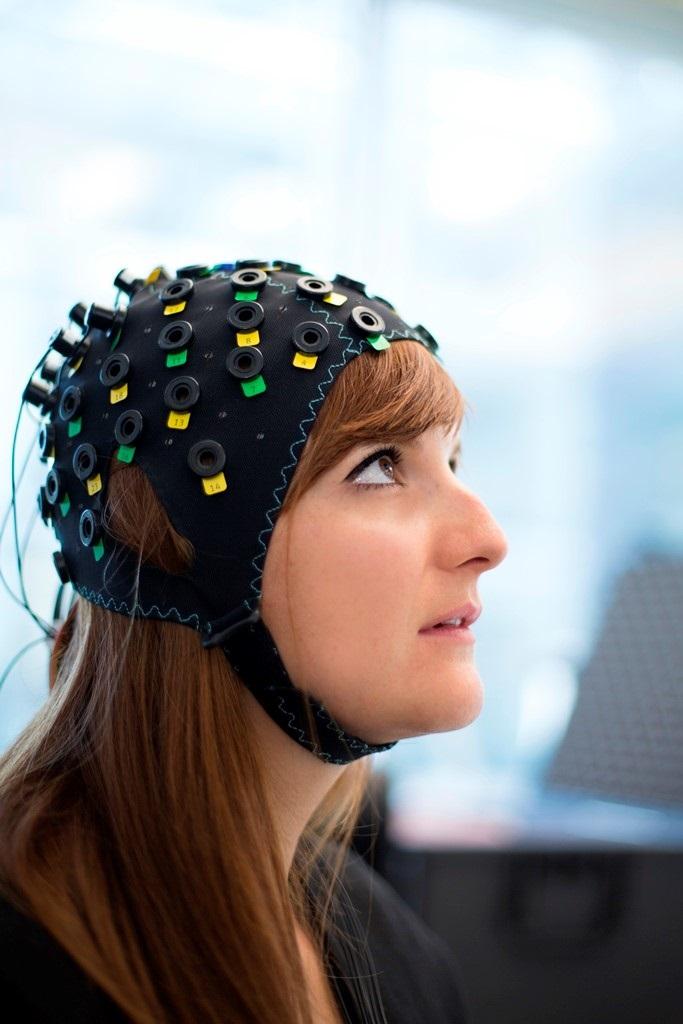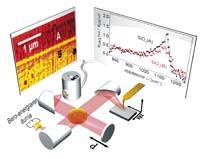Develop a communication interface with complete paralysis
2017/02/08 Agirre Ruiz de Arkaute, Aitziber - Elhuyar Zientzia Iturria: Elhuyar aldizkaria

With total motor paralysis they have managed to create a communication interface with people who maintain their cognitive and emotional abilities. It has been developed by researchers from the German University of Tübingen and has stated that it can be a great help for patients with the ability to communicate their thoughts.
Research has been done with people with Internal Screening Syndrome (also known as sasikoma). These people are disrupted by communication between the spine and brain as a result of serious injury and cannot move the muscles of your body. Neither participants nor eyes could move. However, they maintain consciousness and the ability to think.
The new technique has allowed us to ask questions and identify the patient's answers if/not. They have asked them personal questions like “Your husband is called Joachim?” They all responded and responded correctly to 70%.
Researchers have acknowledged that they were initially surprised by patient responses. For several weeks they were asked and asked if they were happy, most of the time they answered yes, even though they lived in this extreme situation. In one case, the family asked the patient if he wanted his daughter to marry her boyfriend Mario, and in nine out of ten he replied no.
The study, published in the journal PLOS Biology, reveals that the device measures the oxygen levels of brain blood and the electrical activity of the brain. It uses a combination of near-infrared spectroscopy and electroencephalography. So far some interface has been used to improve communication, but the only one that has been useful for communicating with people with a certain degree of paralysis has been based on near-infrared spectroscopy.
At the moment, only four patients have been tested, so researchers consider it necessary to involve more patients in the development of the system. However, they are clear that it could serve to facilitate communication with people in shape and that the first step to starting to regain movement can be the way to communicate.
Two years ago we interviewed the neuroscientist who researches in this group, Ander Ramos, when he received the Walter Kalhkhofe-Rose award. Interview here.

Gai honi buruzko eduki gehiago
Elhuyarrek garatutako teknologia





